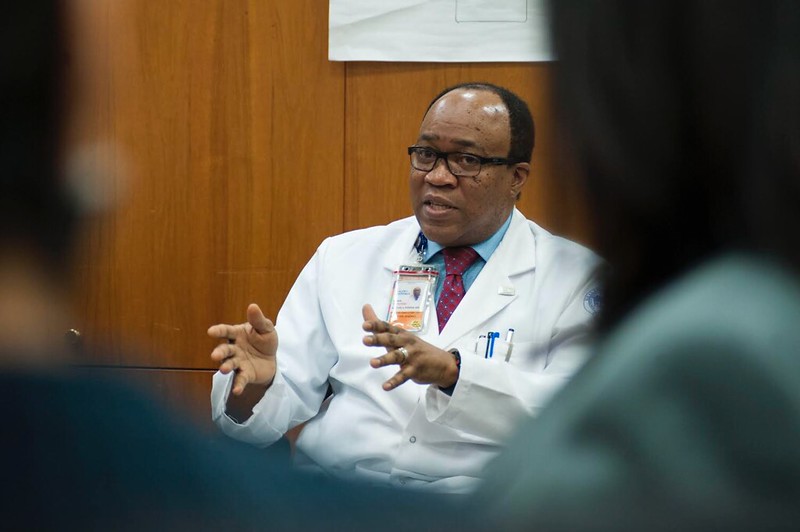
Health care by video has increased in importance (photo: Jeff Reed/City Council)
When we first met Alice two years ago, she suffered from schizophrenia, depression, uncontrolled diabetes, hypertension, and high cholesterol. Even though we set up pill boxes for her and arranged home health aides, she chose to seek treatment only in emergency rooms. Her health continued to deteriorate.
Last year, Alice finally began to engage in treatment for her diabetes by phone, but her nurse practitioner provided this treatment on her own time, without government funding. Alice’s serious health problems put her squarely in the high-need, high-cost category of patients who demand innovative treatment approaches. But our 20th century regulatory system held her back.
Ironically, the COVID-19 epidemic changed things. By necessity, Alice was offered more care by telephone and videoconference. She was able to accept these offers, and began following up with her appointments. This only became possible because emergency orders issued by Governor Cuomo allowed the state to reimburse health-care providers for telehealth services as if they were in-office visits, while suspending bureaucratic rules that made it hard for providers to offer telehealth services in the first place.
The pandemic will end someday. But treating our clients with serious mental illness — many of whom, like Alice, also have debilitating physical issues — by telephone and video conference has proven to be an unexpected success. We need to take advantage of this crisis and bring our laws into the 21st century.
At the Institute for Community Living, which provides care to people living with a range of mental health issues, a survey of almost 1,500 clients showed high satisfaction with telehealth. Many of them prefer it to visiting a clinic, and 80% said they wanted to continue remote appointments after the pandemic ends.
Telehealth is convenient for people with multiple health problems, and it’s helping clients get better. From March to May, the percentage of clients who failed to keep medical appointments dropped from 33% to just 15%. Using telehealth has allowed us to triage health issues in our residences immediately, rather than requiring clients – accompanied by two staff – to travel to their appointments. This has helped to reduce costly emergency room visits.
None of this would have been possible in February. Prior to the pandemic, we could only bill for telehealth at a fraction of the rate for in-person services. And outdated rules, such as a requirement that both the patient and the physician be physically located in a licensed facility, meant that only a fraction of patients could actually benefit from telehealth services.
COVID-19 has put tremendous stress on our health and mental health systems. The pandemic itself and the subsequent economic fallout are causing widespread and profound distress that could lead to a lasting mental health crisis. It has also put New Yorkers who were already struggling with severe mental health conditions at even higher risk.
The emergency orders have been extended short-term by the governor and the Legislature should act to make them permanent. State Senator Peter Harckham and Assembly Members Linda Rosenthal and Aileen Gunther have introduced legislation that would allow telehealth sessions to be reimbursed at the same rate as in-person visits, and Harckham and Rosenthal introduced separate bills that would expand eligibility for telehealth. When the Legislature next reconvenes, we hope these bills can be passed quickly and signed into law, enabling organizations to better serve New Yorkers living with mental health issues and meet the mental health challenges caused COVID-19.
This pandemic has shown us that technology can be used to connect people remotely in ways we didn’t think were possible. Millions of Americans are now working from home just as productively as they were at a desk in an office prior to COVID-19, with companies like Twitter changing their policies to allow employees to work remotely full-time. There is no reason our regulations can’t allow us to use this technology to better provide life-saving health-care services to New Yorkers like Alice.
***
David Woodlock is the president and CEO of the Institute for Community Living. He is a former deputy commissioner at the New York State Office of Mental Health.
***
Have an op-ed idea or submission for Gotham Gazette? Email This email address is being protected from spambots. You need JavaScript enabled to view it.